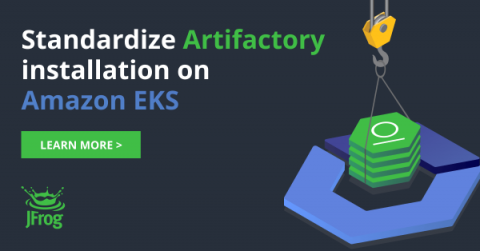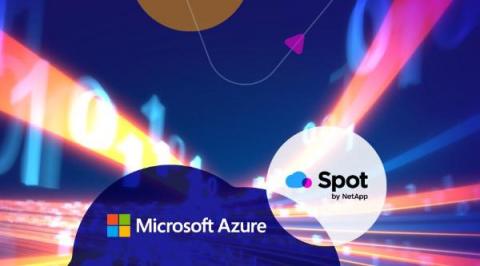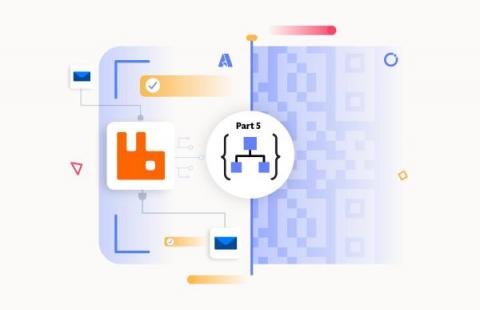Operations | Monitoring | ITSM | DevOps | Cloud
Latest News
Building, Deploying and Observing WASM Apps
This post gives an overview of how to build applications using the updated Docker + WASM technical preview, along with some observability best practices.
Partnership at the edge: selecting the right colocation provider
Long before a business addresses ‘who’ it will choose to deliver the benefits of colocation, it needs to understand ‘why’. This is especially important if that decision is being made in the context of a choice between edge architectures, or alternatives such as hyper-scale cloud. Typically, the main order of motivation is performance, cost and control.
Achieving cost-effective scalability: Optimize AWS ELB pricing using CloudSpend
ELB cost optimization- CloudSpend Amazon Elastic Load Balancing (ELB) is a load balancing service that automatically and evenly distributes incoming traffic from client-side applications across multiple virtual server instances, like Amazon EC2 instances, containers, or IP addresses, in different availability zones. It smoothly handles server instance failover and unavailability, thus increasing the application’s fault tolerance.
A Guide to Installing the JFrog Platform on Amazon EKS
Announcing Spot's new Azure CLI onboarding tool
Integrate RabbitMQ with Logic Apps using Azure Functions
Extend visibility wherever your business demands
Introduction to Azure Kubernetes Service
In the constantly evolving world of technology, managing containerized applications at a scale that can match growing business demands is a challenging task. Microsoft, however, has emerged as a leader in this field, offering the Azure Kubernetes Service (AKS). AKS is a managed container orchestration service that provides a rich and robust platform for developers to deploy, scale, and manage their applications.











